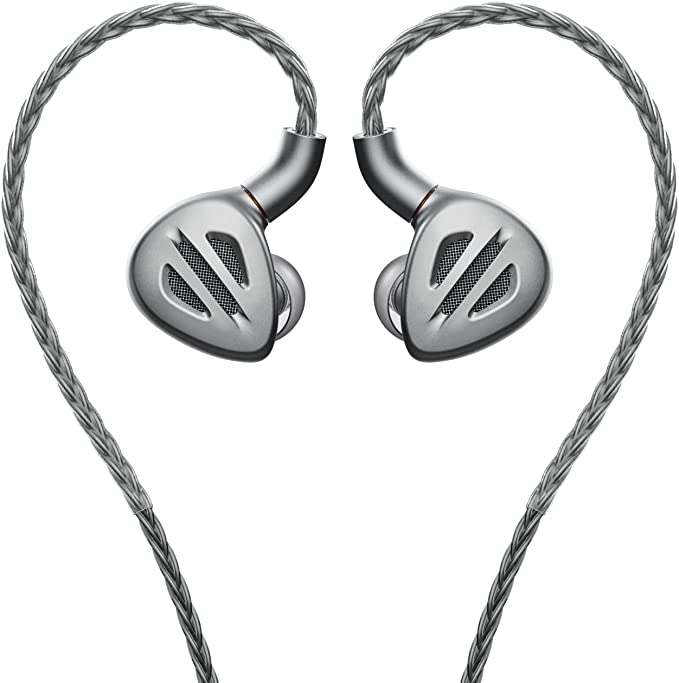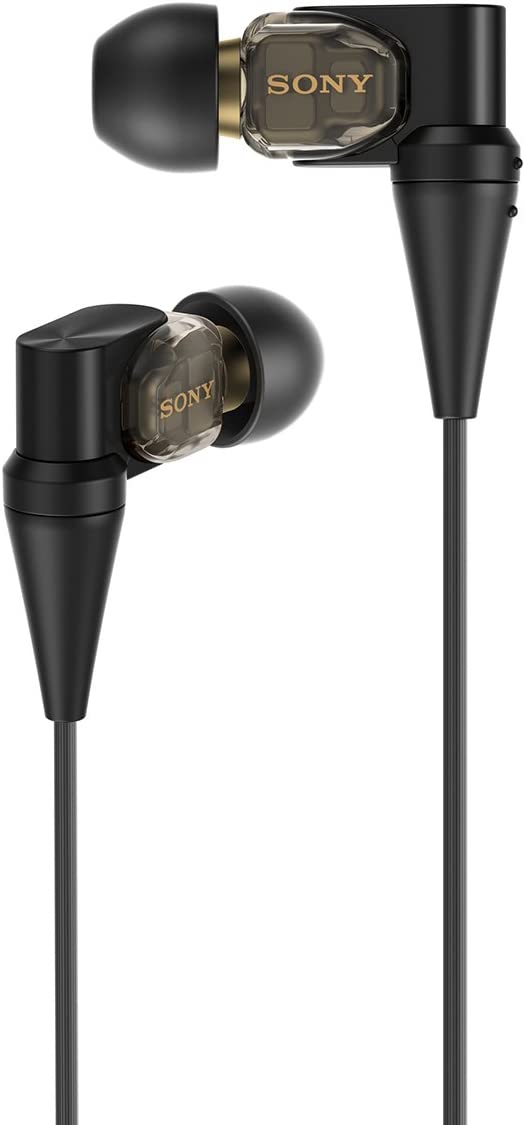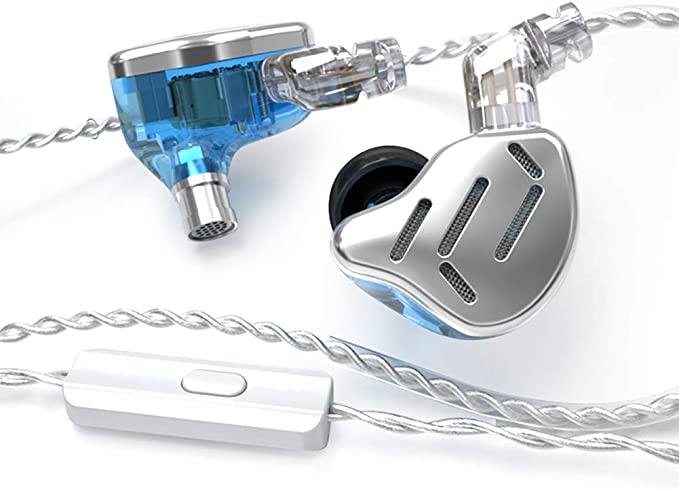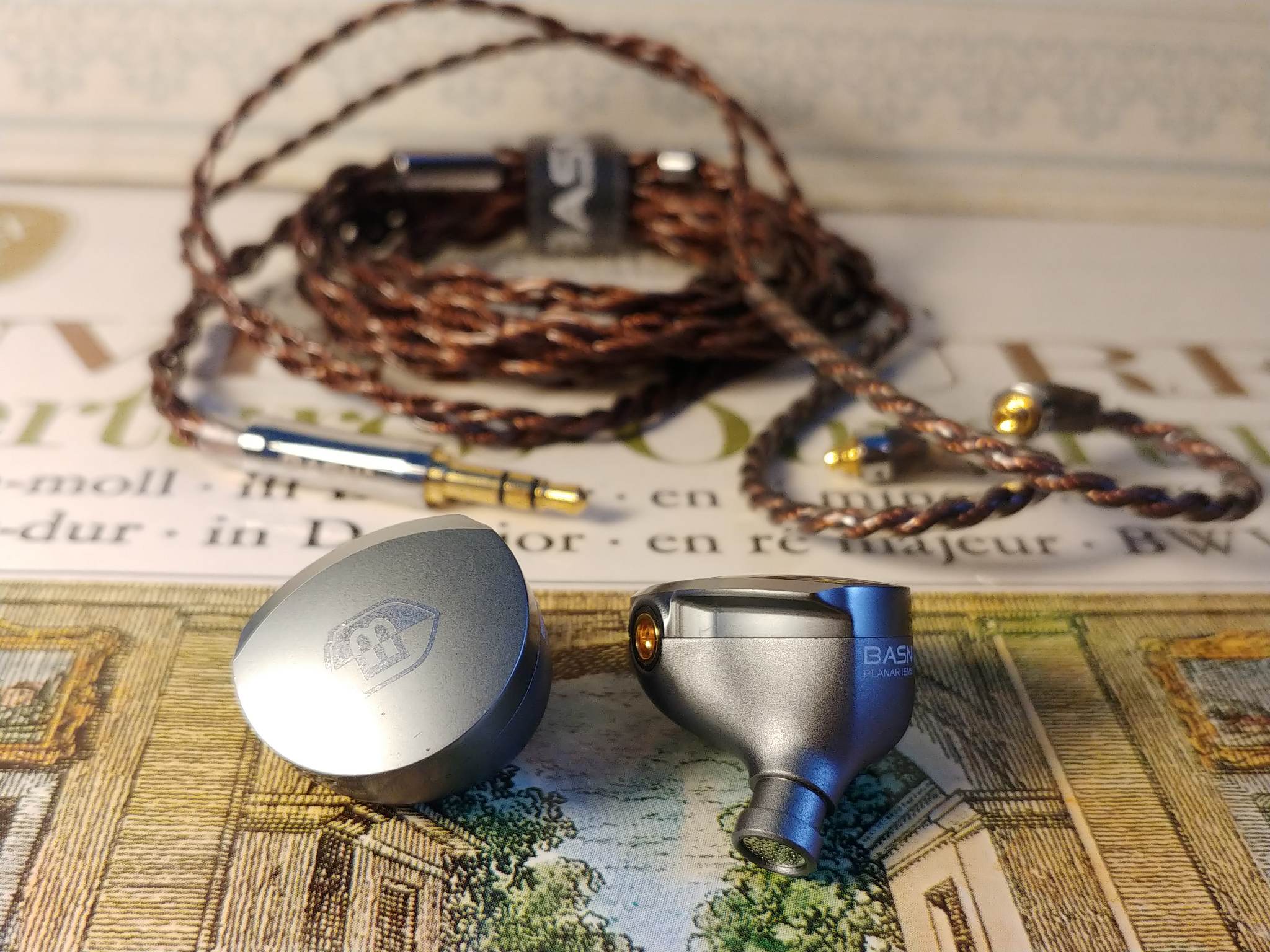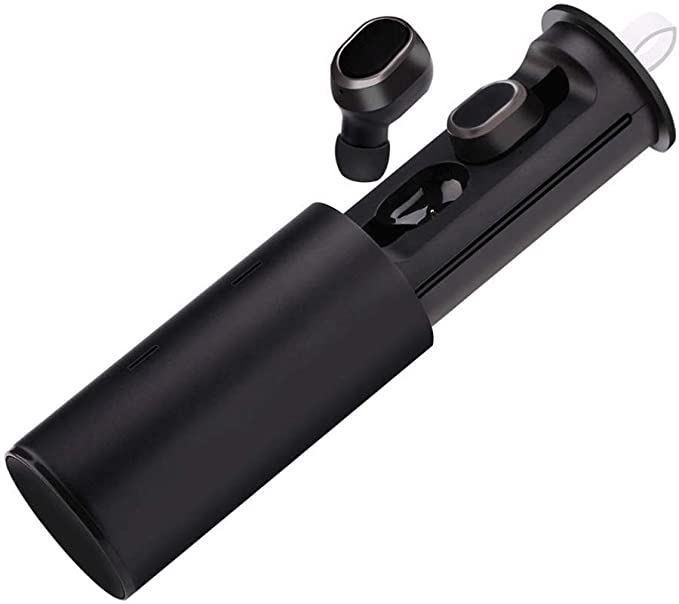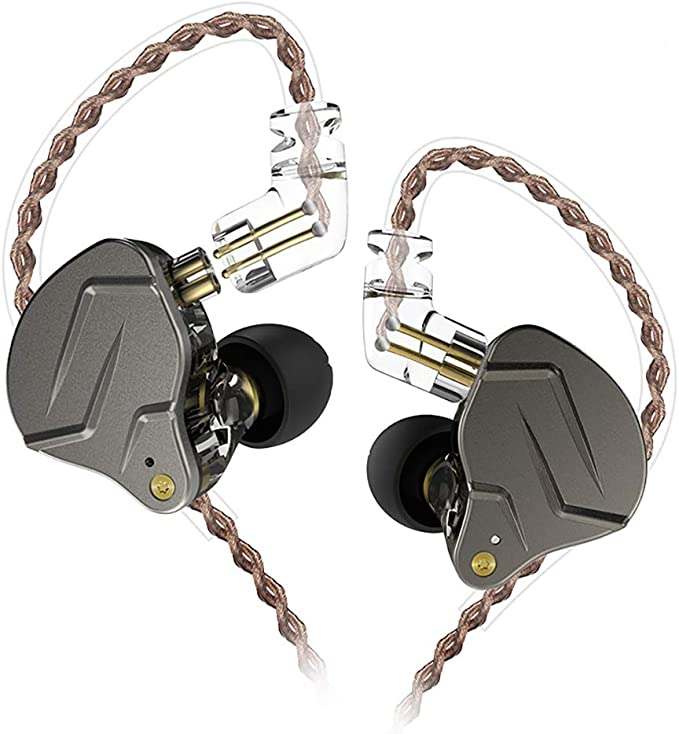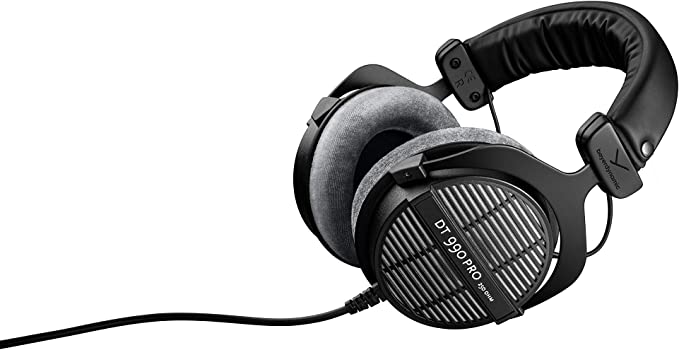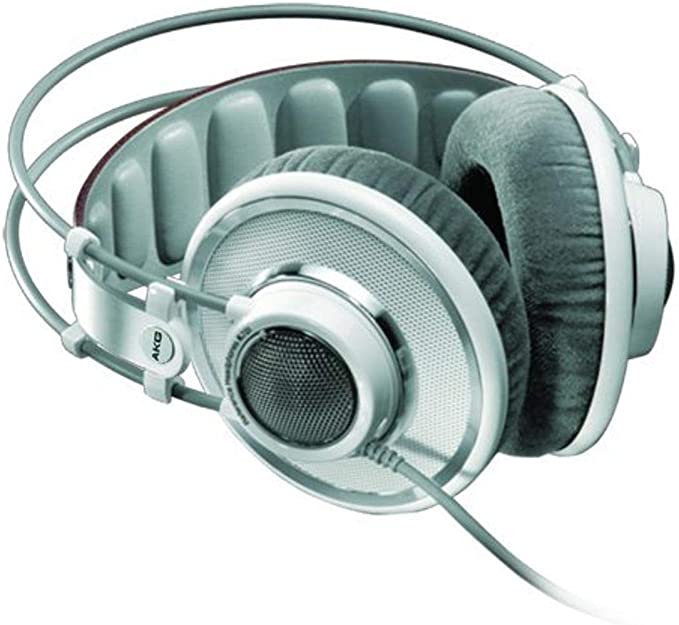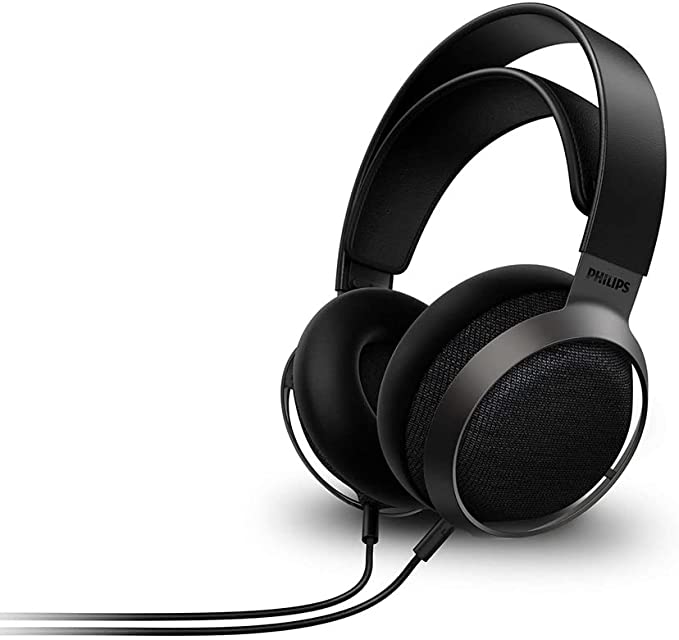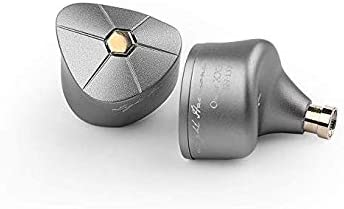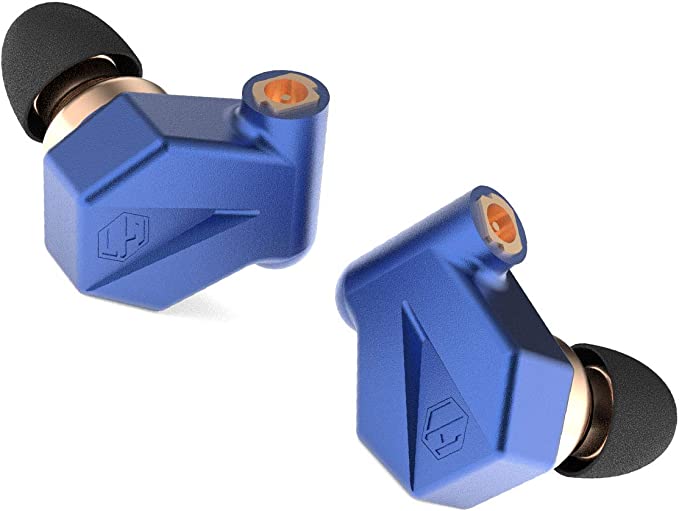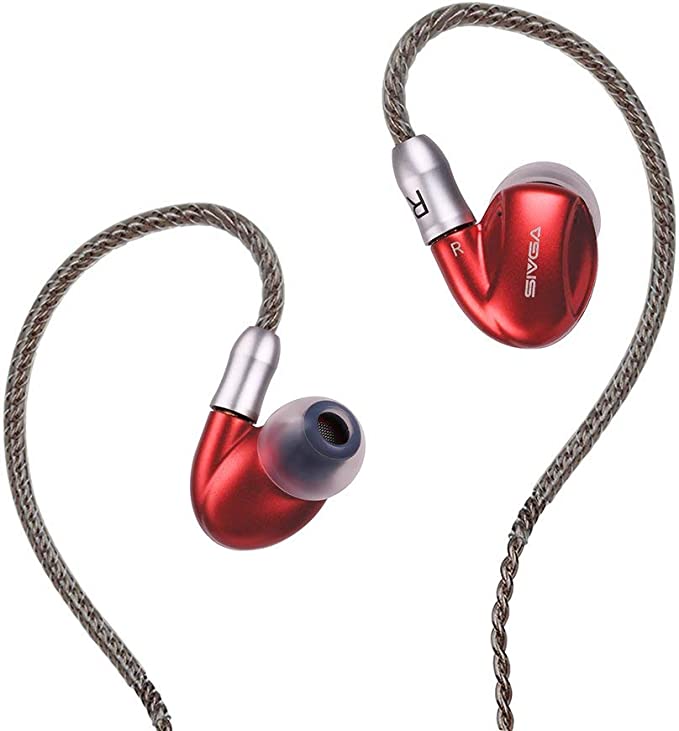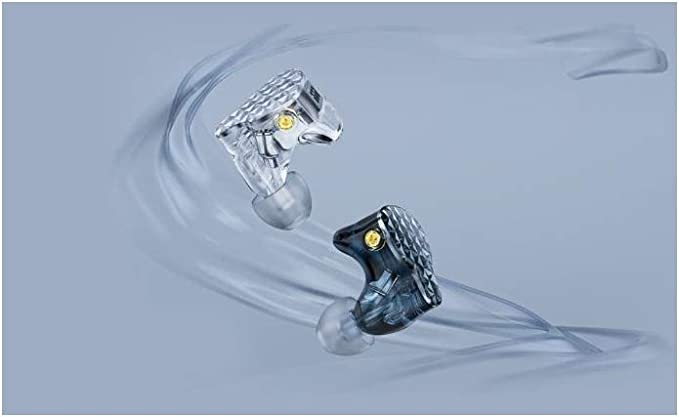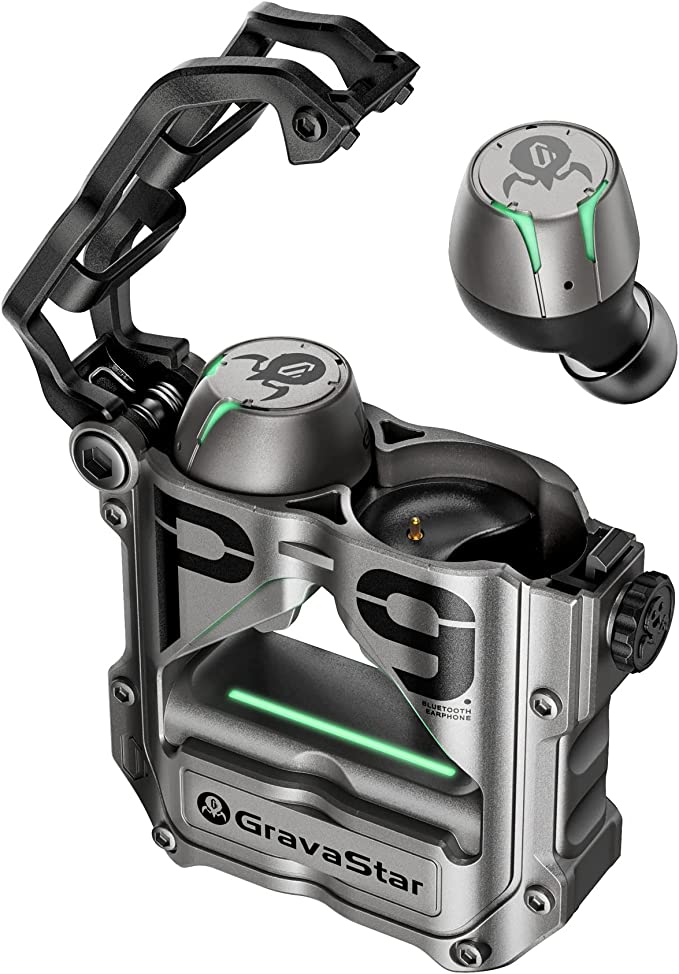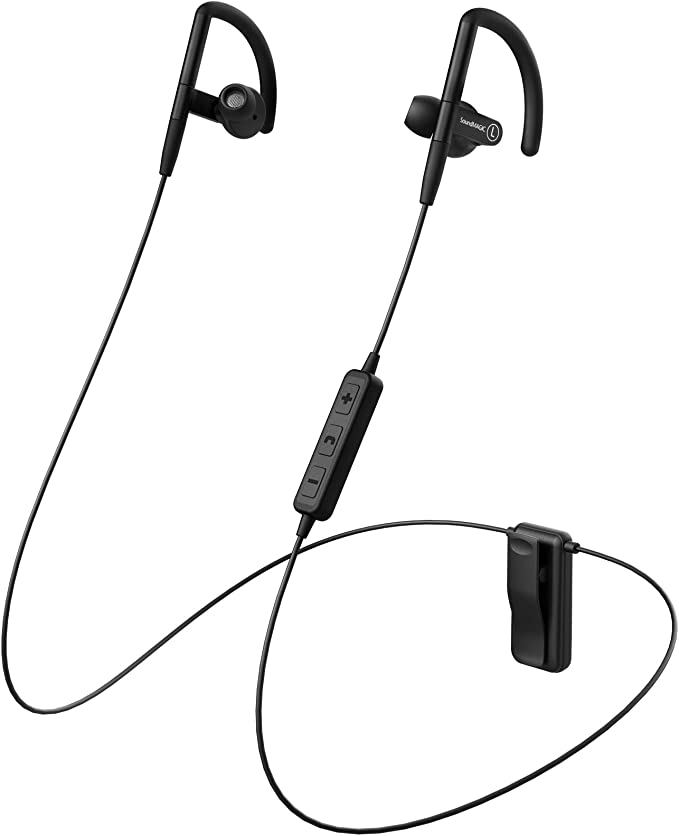BQEYZ Spring 2: Unveiling the Science of HiFi Sound with Hybrid Driver Technology
Update on Feb. 9, 2025, 6:10 p.m.
The Allure of High-Fidelity
Have you ever been truly lost in music? That feeling of being completely enveloped by sound, where every note, every breath, every subtle detail is rendered with breathtaking clarity? It’s a powerful experience, and one that humans have sought to recreate and refine for centuries. From the grand concert halls of Vienna to the personal listening devices of today, the quest for high-fidelity sound has been a constant driving force. And that brings us to the fascinating world of in-ear monitors, or IEMs – tiny devices that deliver a surprisingly powerful and immersive audio experience.
Sound: The Building Blocks of Music
Before we delve into the intricacies of IEMs, let’s take a moment to appreciate the fundamental nature of sound. Sound, at its core, is vibration. When an object vibrates – a guitar string, a drumhead, a vocal cord – it creates waves of pressure that travel through the air. These waves have two key properties: frequency and amplitude.
Frequency, measured in Hertz (Hz), determines the pitch of a sound. A low frequency, like the rumble of a bass guitar, might be around 50 Hz. A high frequency, like the shimmer of a cymbal, might be 10,000 Hz or higher. Amplitude, on the other hand, determines the loudness of a sound. The larger the amplitude, the louder the sound.
Our ears are remarkable instruments, capable of detecting a wide range of frequencies and amplitudes. When these sound waves reach our ears, they cause our eardrums to vibrate, and these vibrations are then translated into electrical signals that our brain interprets as sound.
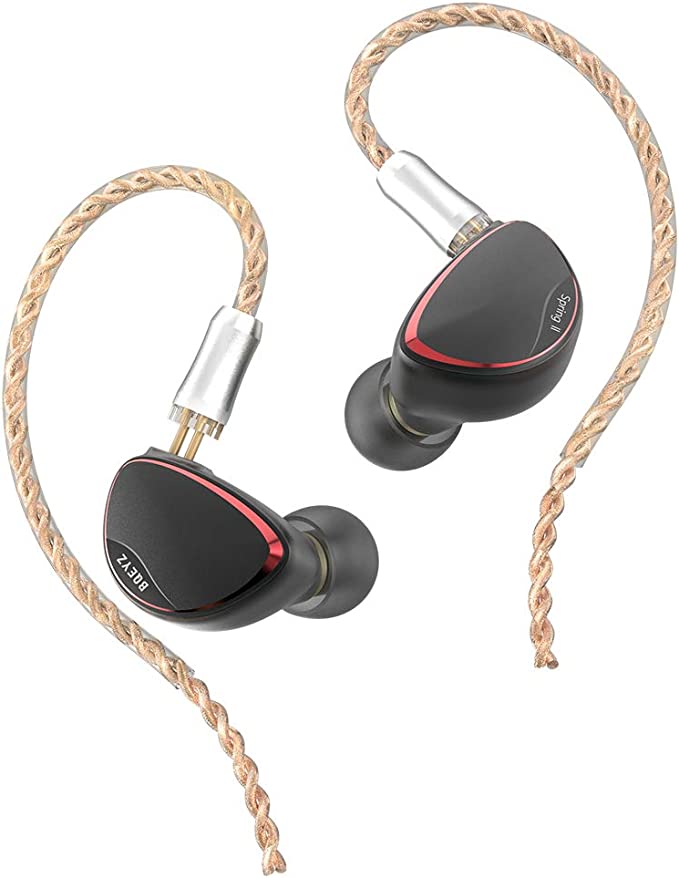
The Challenge of Reproduction
Reproducing sound accurately is a surprisingly difficult task. Think about it: you’re trying to recreate the complex vibrations of a full orchestra, or the subtle nuances of a singer’s voice, within the tiny confines of an earphone. This requires incredibly precise engineering and a deep understanding of acoustics.
Meet the Drivers
The heart of any earphone is its driver. Think of a driver as a miniature loudspeaker. Its job is to convert electrical signals back into sound waves, mimicking the original vibrations that created the sound in the first place. But not all drivers are created equal. Different types of drivers excel at reproducing different parts of the sound spectrum.
Dynamic Drivers: The Workhorses
Dynamic drivers are the most common type of driver found in headphones and earphones. They work on the same principle as a full-size loudspeaker. A diaphragm (a thin, flexible membrane) is attached to a voice coil, which is suspended within a magnetic field. When an electrical signal passes through the voice coil, it creates a magnetic force that causes the diaphragm to move back and forth, pushing air and creating sound waves.
Dynamic drivers are known for their ability to produce strong bass response. They’re good at moving a lot of air, which is necessary for creating those deep, rumbling low frequencies. However, dynamic drivers can sometimes struggle to reproduce high frequencies with the same level of detail and accuracy as other driver types.
Balanced Armature Drivers: Precision Instruments
Balanced armature (BA) drivers are much smaller than dynamic drivers, and they operate on a different principle. Instead of a diaphragm, they use a tiny reed (the armature) that is balanced between two magnets. When an electrical signal is applied, the armature pivots, causing a small diaphragm to vibrate and produce sound.
BA drivers are renowned for their precision and detail, particularly in the mid-range and high frequencies. They’re incredibly fast and responsive, allowing them to reproduce intricate musical passages with clarity. However, BA drivers typically don’t move as much air as dynamic drivers, so they can sometimes struggle to produce a powerful bass response.
Piezoelectric Drivers: The High-Frequency Specialists
Now, let’s talk about something a bit more exotic: piezoelectric drivers. These drivers utilize a fascinating phenomenon called the piezoelectric effect. Certain materials, like specific types of ceramics and crystals, have a unique property: when you apply mechanical pressure to them, they generate an electrical voltage. Conversely, when you apply an electrical voltage to them, they change shape – they expand and contract.
Imagine a tiny piece of ceramic. When you apply an electrical signal to it, it rapidly vibrates, pushing and pulling the air around it to create sound waves. Piezoelectric drivers are exceptionally good at reproducing very high frequencies. They add a sense of “airiness” and sparkle to the sound, revealing subtle details that might be missed by other driver types. Think of the delicate shimmer of a cymbal, or the breathiness of a flute – piezoelectric drivers excel at bringing these subtle nuances to life.
The BQEYZ Spring 2: A Hybrid Harmony
The BQEYZ Spring 2 doesn’t rely on just one type of driver. Instead, it employs a hybrid design, combining the strengths of all three driver types we’ve discussed: dynamic, balanced armature, and piezoelectric. This is like having a team of specialists, each expertly handling a specific part of the sound spectrum.
The Spring 2 features a large 13mm coaxial dynamic driver. “Coaxial” means that the driver is designed with its components aligned along the same axis. This precise alignment helps to ensure that the sound waves from different parts of the driver reach your ear at the same time, resulting in a more coherent and accurate sound image. This dynamic driver handles the low frequencies, providing a solid foundation of bass and warmth.
A balanced armature driver takes care of the mid-range frequencies, where most vocals and instruments reside. This ensures that voices and instruments sound clear, detailed, and natural.
And finally, the star of the show: a 9-layer piezoelectric driver. This multi-layered design enhances the piezoelectric effect, allowing for even greater high-frequency extension and detail. This driver adds that sense of airiness, sparkle, and spaciousness that truly elevates the listening experience. The sounds on higher frequencies are more easily distinguishable.
Beyond the Drivers: The Importance of Design
The Spring 2’s exceptional sound quality isn’t just about the drivers. Every aspect of its design has been carefully considered to optimize performance and comfort.
The cable, for instance, is made of single crystal copper. What does that mean? Most copper wires are made up of many small copper crystals joined together. The boundaries between these crystals can introduce slight distortions into the electrical signal. Single crystal copper, on the other hand, is manufactured in a way that creates one continuous crystal structure, minimizing these distortions and allowing for a purer signal transmission. It’s like having a perfectly smooth highway for the audio signal to travel on, rather than a bumpy road.
The Spring 2’s shell is crafted from aluminum alloy using CNC machining. CNC stands for Computer Numerical Control. It’s a highly precise manufacturing process that uses computer-guided tools to shape the metal with incredible accuracy. The aluminum alloy is not only lightweight and durable, but it also has excellent acoustic properties. It’s rigid and helps to minimize unwanted vibrations that could color the sound.
And let’s not forget about ergonomics. The Spring 2 is designed to fit comfortably and securely in your ear, even for extended listening sessions. It comes with a variety of ear tips (silicone and memory foam) in different sizes, so you can find the perfect fit for your ears. A good seal is crucial for both comfort and sound quality, as it helps to block out external noise and ensure that the sound is delivered directly to your ear canal.
The Spring 2 is also designed with a relatively low impedance (32 ohms) and high sensitivity (110 dB). What does this mean in practical terms? It means that the Spring 2 is easy to drive. You don’t need a powerful amplifier to get good volume and sound quality. You can use them with your smartphone, laptop, or portable music player without any problems.
The Sound Signature
The BQEYZ Spring 2 is meticulously crafted to offer a balanced yet vibrant sound, marked by a slight emphasis on the higher frequencies. This tuning is designed to highlight the finer details in music. The bass is robust and controlled, maintaining clarity and definition without overpowering the mix. In the midrange, where vocals and the core of many instruments reside, the sound is crisp and detailed, allowing for a natural and engaging presentation of voices and melodies. The integration of the piezoelectric driver significantly enhances the treble, extending the high-frequency response to add an element of spaciousness and sparkle to the audio.
The Spring 2 is ideal for audiophiles and discerning music lovers who appreciate clarity, detail, and a balanced sound signature.
The Future of Sound
The BQEYZ Spring 2 is a great example of the ongoing innovation in audio technology. As materials science and manufacturing techniques continue to advance, we can expect to see even more sophisticated and impressive IEMs in the future. Who knows? Perhaps one day we’ll have IEMs that can perfectly recreate the experience of being in a live concert hall, or even transport us to entirely new sonic worlds. The possibilities are endless, and the quest for perfect sound continues.


